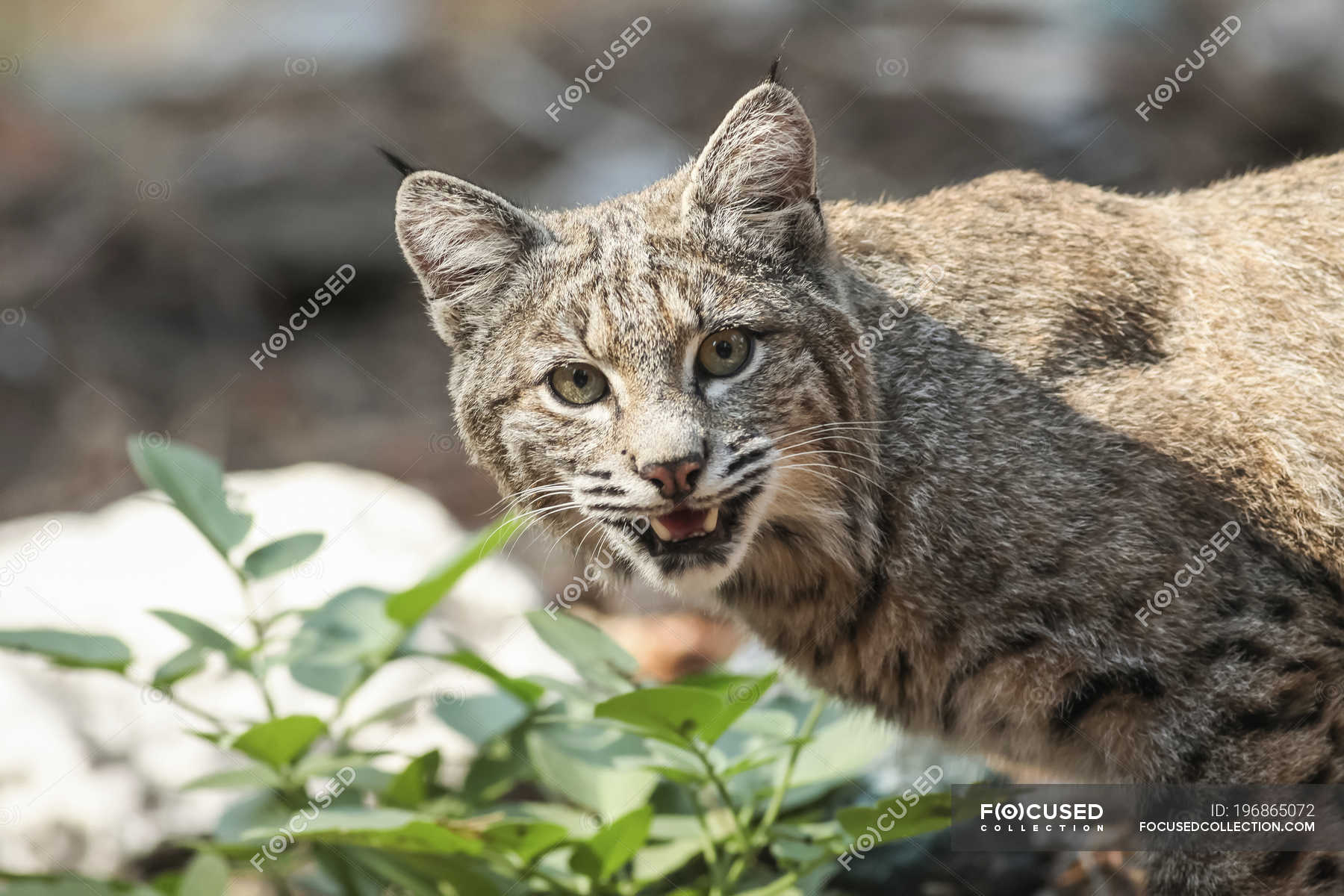

Size & Appearance: Lynx have short tails, tufts of black hair on the tips of their ears, large, padded paws for walking on snow and long whiskers on their faces.

Long-term persistence of bobcats in this region will require habitat management at multiple scales, and recommendations are provided. Species: Lynx canadensis, Lynx lynx, Lynx pardinus and Lynx rufus. Selectivity analyses for levels of habitat dispersion suggest that bobcats select landscapes that achieve at least 25% "winter habitat" distributed per 75 km². These models may serve as useful management tools, provided that underlying assumptions are recognized. Applied across the study area using GIS, the models predict the probability that any site represents "winter habitat" for bobcats, and equate to winter habitat suitability. Discriminant functions were consistent with univariate results, above, and provided good predictive ability. Sex-specific multivariate models of winter habitat selection were developed for the study area. Variation in selection patterns was evident among individuals and between sexes. Affinity for forest cover attributes was also apparent, particularly mature, multi-layered stands dominated by Douglas-fir, with moderate canopy closure, and large average tree diameter. Bobcats selected terrain characterized by low elevations, moderate slopes, and a proximity to rocky outcrops. Winter selection for most habitat variables was evident at both landscape and stand levels. Using Global Positioning System telemetry-collars, we investigated 246 bobcat Lynx rufus location clusters to identify white-tailed deer Odocoileus. Results relate to body size differences among cohorts. Fat index was lower during the most severe winter for adult females and kitten/juveniles, but not for adult males. Both ungulate consumption and fat index were greater for adult males than adult females or kitten/juveniles. Juvenile males (n = 6) exhibited long-distance dispersal, whereas juvenile females (n = 3) did not.Įxamination of 70 carcasses collected from throughout the region during winter, 1990 - 95, indicated red squirrels (Tamiasciurus hudsonicus) to be consumed most frequently (52% of stomachs), followed by ungulates (26%), microtine rodents (11 %), and snowshoe hares (Lepus americanus) (7%). Annual spatial overlap among neighboring males was extensive, although temporal avoidance was evident. Home ranges were smaller in winter than in summer for males, but did not differ for females. (2012) collected fecal samples from 141 bobcats in California (Ventura county) and Colorado (Front Range and Western Slope), USA. Original host: Lynx rufus (Schreber, 1777), Bobcat. of Carver, Scorza, Bevins, Riley, Crooks, Vandewoude, and Lappin, 2012. For the period 1990 - 95, resident male and female annual home range size (95% ADK) differed, averaging 199.1 km2 (n = 7) and 64.6 km2 (n = 5) respectively. Genus Lynx Kerr, 1752 (4 Species) Cryptosporidium spp. AbstractSpatial organization, juvenile dispersal, winter food habits, and winter habitat relationships were examined for bobcats (Lynx rufus) occurring near a range limit in southeast British Columbia.


 0 kommentar(er)
0 kommentar(er)
